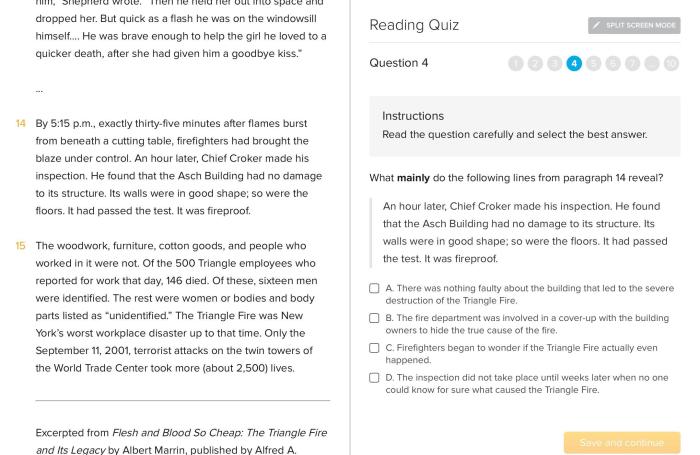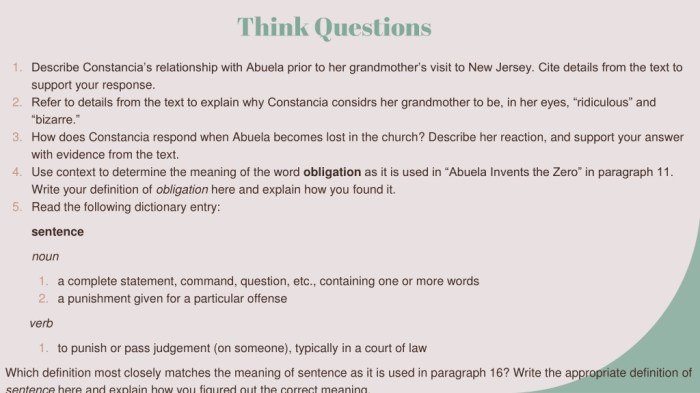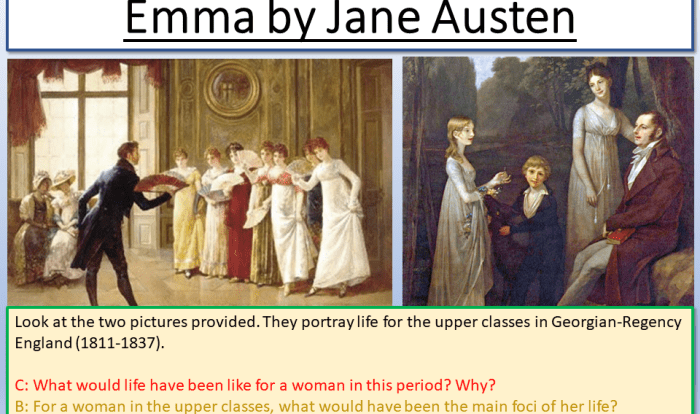Studysync the lottery think questions answers – Studysync: The Lottery – Thought-Provoking Questions and Answers provides an in-depth exploration of Shirley Jackson’s classic short story. This guide offers a comprehensive analysis of the story’s plot, characters, themes, and literary devices, empowering students to engage critically with the text and delve into its profound meanings.
Through a series of thought-provoking questions and insightful answers, this resource encourages readers to examine the story’s exploration of societal norms, the dangers of tradition, and the complexities of human nature. By fostering a deeper understanding of the text, Studysync: The Lottery – Thought-Provoking Questions and Answers enhances students’ literary appreciation and critical thinking skills.
Plot Summary and Key Characters
Shirley Jackson’s “The Lottery” depicts a disturbing ritual in a small village. Every June, the villagers gather to draw slips of paper from a box, and the person who draws the slip with a black dot is stoned to death.
The story follows the events leading up to and including the lottery, focusing on the main characters: Tessie Hutchinson, a middle-aged woman who becomes the victim of the lottery; Mr. Summers, the town’s official who oversees the event; and Old Man Warner, a staunch supporter of the tradition.
Theme Analysis
The central theme of “The Lottery” is the danger of blind adherence to tradition and the dehumanizing effects of conformity. The villagers’ unwavering belief in the lottery ritual, despite its senseless violence, highlights the corrosive power of tradition when it becomes a mindless practice.
The story also explores themes of poverty, luck, and social inequality, as the lottery serves as a scapegoat for the villagers’ frustrations and a way to maintain a false sense of unity.
Symbolism and Imagery
The lottery box and the stones used in the ritual are powerful symbols in the story. The box represents the arbitrary nature of fate and the randomness of the lottery’s outcome. The stones symbolize the violence and brutality that lie beneath the facade of the village’s peaceful existence.
The contrast between the idyllic setting and the gruesome ritual emphasizes the story’s unsettling and thought-provoking message.
Character Development: Studysync The Lottery Think Questions Answers
Tessie Hutchinson’s character arc is central to the story. Initially, she appears as a typical villager, resigned to the lottery tradition. However, as the drawing nears, her fear and desperation become evident. Her resistance to the ritual, despite her ultimate demise, highlights the dangers of blind obedience and the importance of individual conscience.
Social Commentary

“The Lottery” serves as a powerful social commentary on the dangers of mob mentality and the importance of questioning authority. The villagers’ unquestioning acceptance of the lottery ritual reflects the ways in which societies can become complicit in their own oppression.
The story challenges the idea that tradition is always benevolent and warns against the perils of blindly following social norms.
Narrative Techniques
Jackson uses foreshadowing and irony throughout the story to create a sense of unease and dread. The villagers’ casual conversations about the lottery, the description of the black box, and the ominous presence of Old Man Warner all foreshadow the tragic outcome.
The irony of the lottery being held in the name of “safety” and “well-being” highlights the absurdity and cruelty of the ritual.
Historical Context

Written during the Cold War era, “The Lottery” reflects the fears and anxieties of a society grappling with the threat of nuclear war and the dangers of mass conformity. The story’s depiction of a community blindly following a destructive tradition serves as a cautionary tale against the dangers of authoritarianism and the importance of individual responsibility.
Essential FAQs
What is the central conflict in “The Lottery”?
The central conflict in “The Lottery” revolves around the tension between tradition and individuality, as the villagers blindly adhere to an ancient ritual that results in the stoning of a randomly selected member of the community.
How does the lottery box symbolize the dangers of tradition?
The lottery box represents the perpetuation of harmful traditions without question or critical examination. Its weathered appearance suggests the longevity of the ritual, while the slips of paper within it symbolize the arbitrary nature of the selection process.
What is the significance of Tessie Hutchinson’s character?
Tessie Hutchinson serves as a catalyst for the story’s climax. Her initial disbelief and resistance to the lottery’s outcome highlight the absurdity and injustice of the tradition, ultimately leading to her tragic fate.


